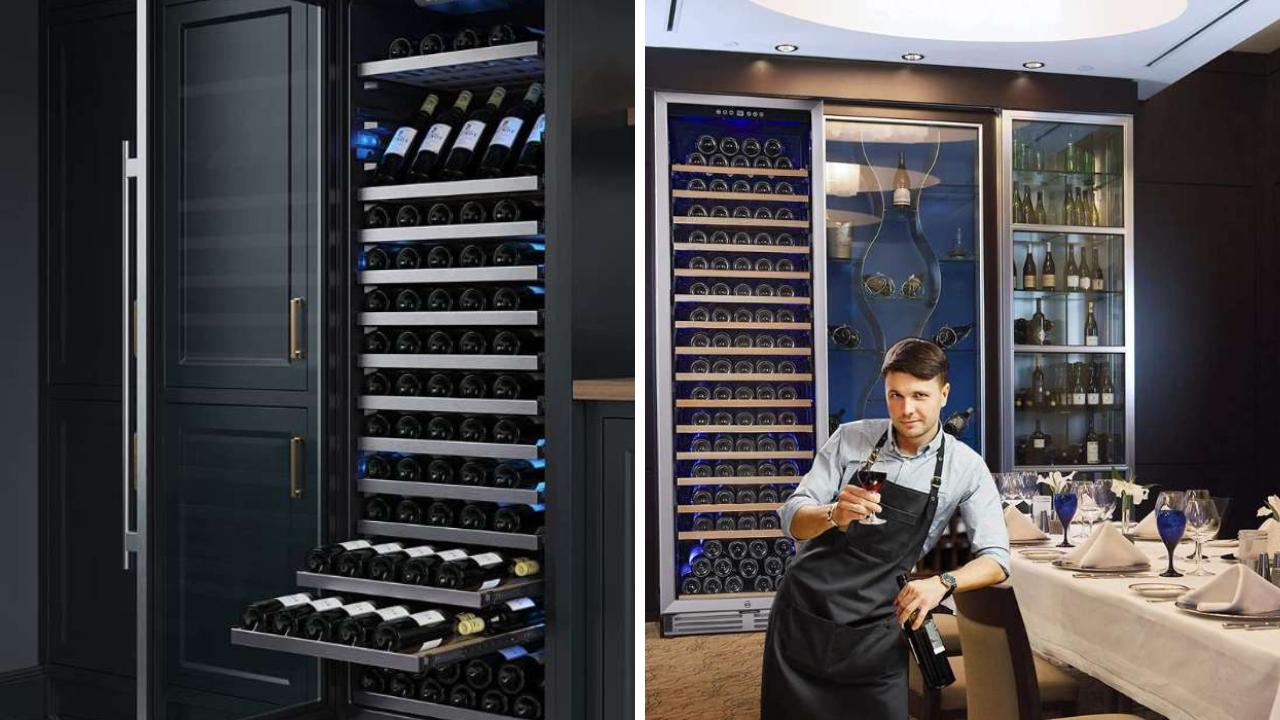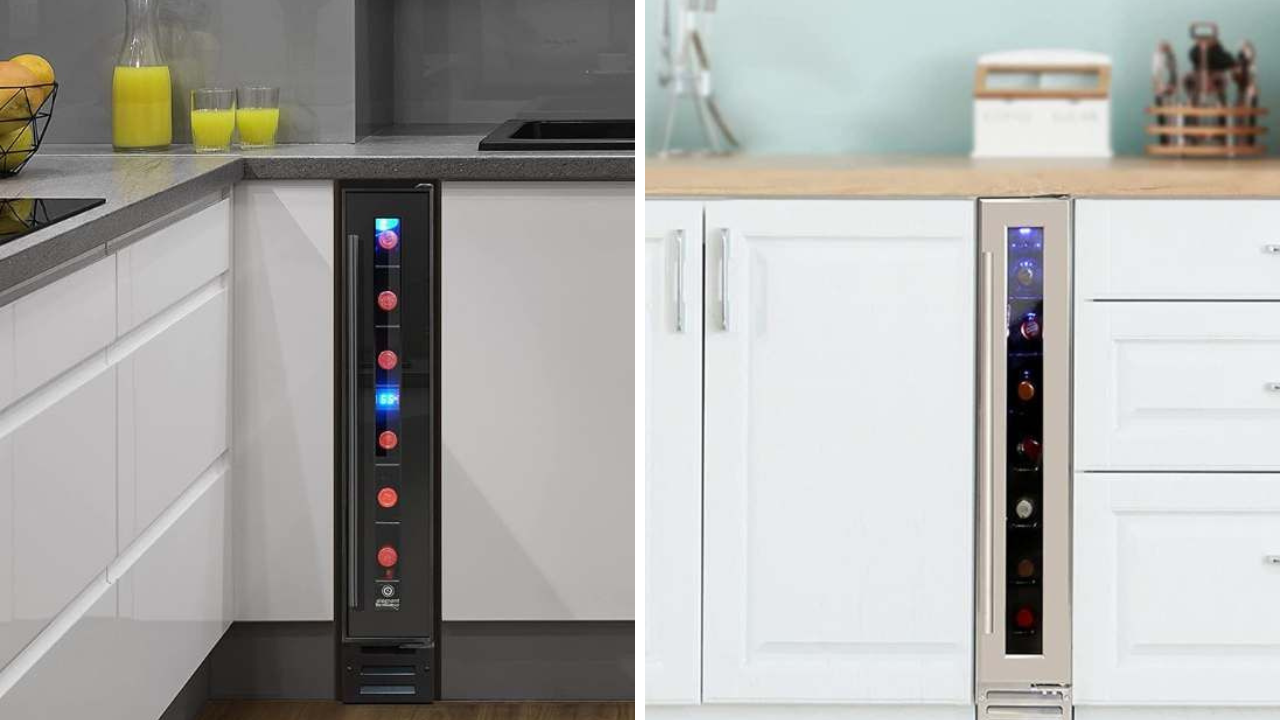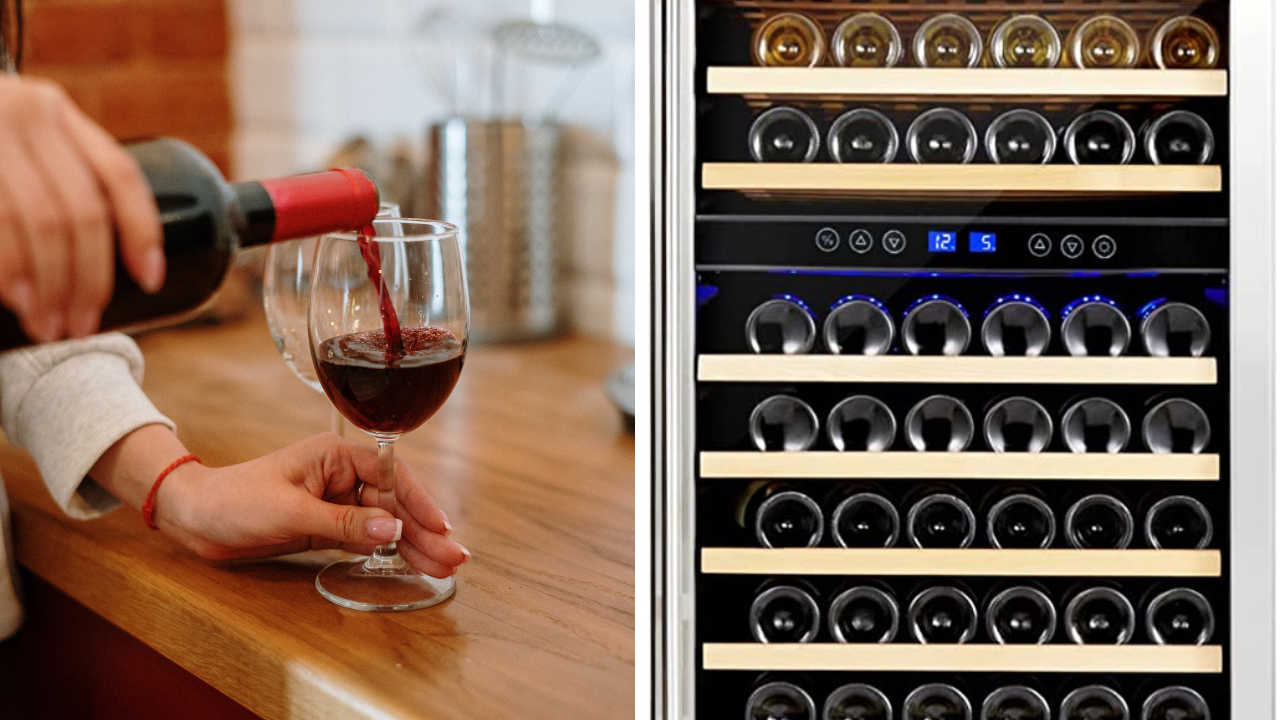As wine enthusiasts, we understand the importance of proper wine storage to preserve the quality and taste of our prized bottles.
However, it's not just about finding a cool, dark space to store our wine collection.
Factors such as humidity levels and temperature control play a crucial role in maintaining the integrity of our wines.
So, how do we ensure optimal conditions for our beloved beverages?
Let's dive into the world of wine storage and explore the intricacies of humidity control, humidity controlled wine fridges, and cooling systems.
In this comprehensive guide, we'll discuss the importance of humidity in wine storage, the types of humidity controlled wine fridges available with their respective humidity control features, tips on maintaining humidity levels, and how to choose the right humidity controlled wine fridge for your wine collection.
We'll also compare wine cellars and wine coolers to help you decide which storage solution is best suited to your needs and preferences.
Short Summary
- Maintaining a humidity level between 50-70% is essential for preserving the quality of wine.
- Built-in and manual humidity control wine fridges are available to help maintain ideal levels, while various methods can be used to increase or decrease the humidity.
- Choosing a cooling system and adhering to proper storage guidelines will ensure successful aging of one's collection.
Why Humidity Matters in Wine Storage
Humidity plays a pivotal role in wine storage, affecting both the quality and structural integrity of your wine collection.
The ideal humidity range for preserving fine wine is between 50-70%. But why is maintaining the right humidity level so crucial?
Let's explore the risks associated with high and low humidity levels in wine storage.
High humidity levels can result in mold growth and degradation of labels and glue, while low humidity levels can lead to cork dryness, which in turn may cause cracking or crumbling.
In both scenarios, the wine's quality may suffer, and that's something no wine lover wants for their precious collection.
So, how can we ensure the appropriate level of humidity in our wine storage? Enter the world of wine fridges.
Ideal Humidity Levels for Wine
To maintain the integrity of your wine collection, it is generally recommended that the humidity level for aging wine is between 50% and 70%, with 60% being typically considered the most ideal.
If humidity levels are too low, cork dryness may occur, potentially resulting in cracking or crumbling of the cork and allowing oxygen to enter, thus causing oxidation.
To ensure the proper storage of your wine, it is important to maintain a consistent temperature in the wine refrigerator, protect it from direct sunlight, and keep the humidity levels within the range of 50-70%.
By adhering to these guidelines, you'll create an optimal environment for your wine to age gracefully.
Risks of High and Low Humidity
Excessive humidity can lead to the rapid growth of mold and mildew, as well as loosen label glue.
Additionally, mold may grow underneath the labels and on the bottle corks, ultimately affecting the quality of your wine.
On the other hand, when humidity is low, corks can become dry, resulting in the loss of liquid in the bottles and potential degradation of the wine.
To avoid these risks, it's essential to monitor and maintain the right humidity levels in your wine storage.
By doing so, you'll protect your wine collection from the undesirable consequences of high and low humidity, ensuring that your wine remains in prime condition for you to enjoy.
Types of Wine Fridges and Their Humidity Control Features
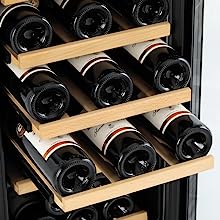
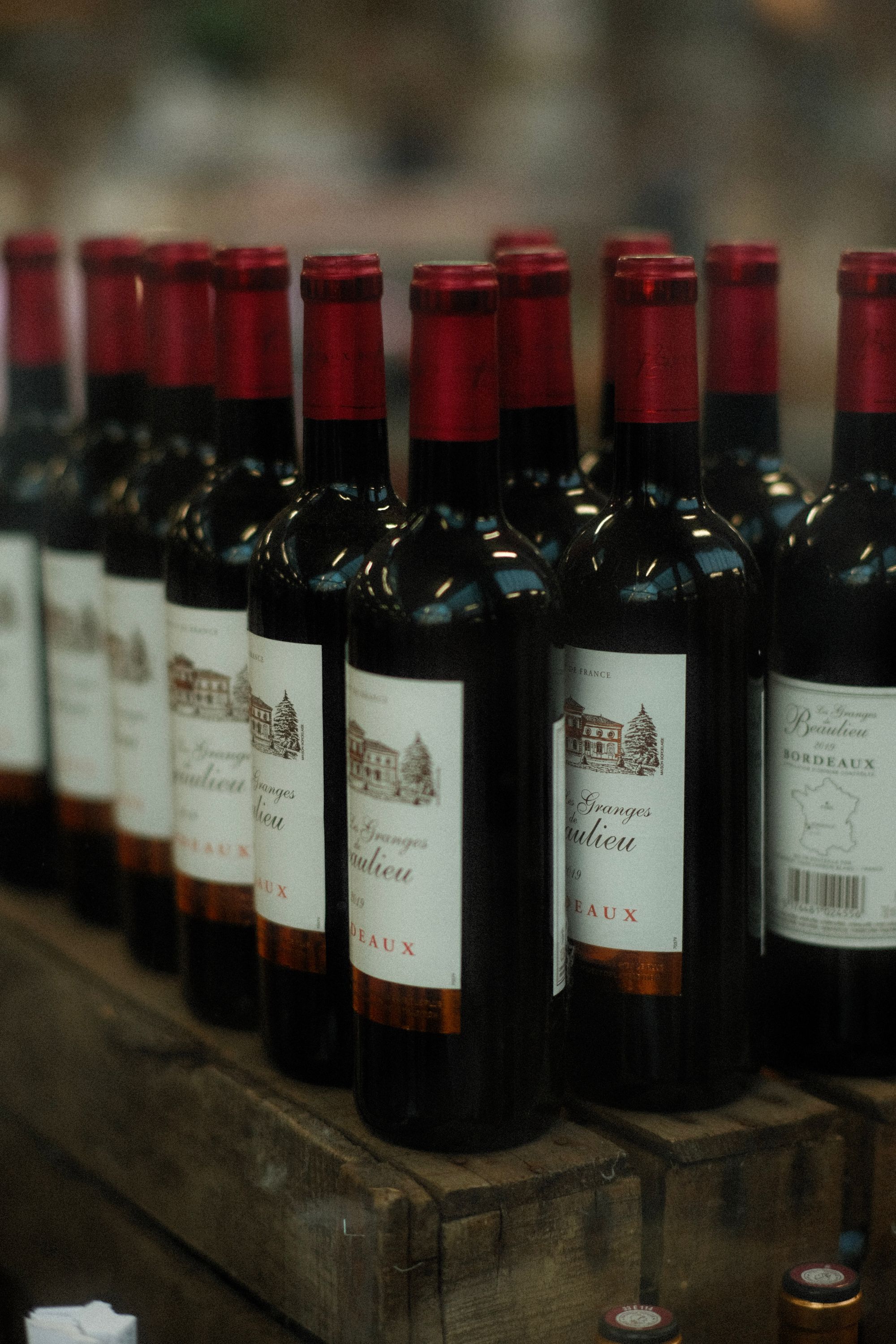
Wine fridges come in two main types: built-in humidity control and manual humidity control. Built-in models feature a humidifier and dehumidifier, ensuring optimal humidity conditions inside the wine fridge.
Manual models, on the other hand, require manual adjustments to regulate the humidity levels. Both types of wine fridges aim to provide the best possible environment for storing your precious bottles, but which one is right for you?
In the following sections, we'll delve deeper into the features and benefits of the humidity inside each type of wine fridge, giving you a clearer understanding of their respective humidity control capabilities.
This will help you make an informed decision when choosing the perfect wine fridge for your collection.
Built-in Humidity Control Wine Fridges
Built-in humidity control wine fridges are designed with a system to maintain the humidity levels within the fridge. This is essential for corked bottles that require moisture to age correctly.
These wine fridges come equipped with a humidifier and dehumidifier, ensuring that your wine collection is kept in optimal conditions.
The main advantage of built-in humidity control wine fridges is that they provide a more precise and consistent humidity control compared to manual models.
This difference makes them an excellent choice for wine enthusiasts who are serious about maintaining the perfect environment for their collection.
Manual Humidity Control Wine Fridges
Manual humidity control wine fridges, as the name suggests, do not possess a built-in humidity control feature but instead permit the user to manually regulate the humidity levels.
To adjust the humidity levels inside the fridge, you can use a hygrometer to ascertain the humidity levels and then supplement or remove moisture as appropriate.
While manual humidity control wine fridges may require more attention and effort to maintain optimal humidity levels, they can still be a suitable choice for wine enthusiasts who prefer a more hands-on approach to wine storage.
Moreover, they tend to be more affordable compared to built-in humidity control wine fridges, making them an attractive option for those on a budget.
How to Maintain Humidity in a Wine Cooler

Regardless of the type of wine fridge you choose, maintaining the right humidity levels is crucial for proper wine storage.
To increase humidity in a wine cooler, you can add water, use a humidifier, drape a damp cloth, store more bottles, and ensure the seals are functioning properly.
On the other hand, to decrease humidity, you can open the door, employ a dehumidifier, limit the number of bottles stored, and operate a fan.
By regularly monitoring and adjusting the humidity levels in your wine cooler, you'll be able to create the optimal environment for your wine collection.
This will not only help preserve the quality and taste of your wines, but also prevent potential issues such as mold growth or cork dryness.
Increasing Humidity
To determine the humidity level in your wine fridge, a hygrometer is the recommended method.
If the humidity level is below 50%, you can increase it by using a humidifier, damp cloth, storing more bottles, or inspecting the seals of your wine cooler.
Keeping the humidity levels within the optimal range of 50-70% is essential to prevent corks from drying out and the subsequent oxidation of your wine.
By taking the necessary measures to increase humidity when needed, you'll ensure that your wine collection is stored in the best possible conditions, preserving the quality and taste of your wines for years to come.
Decreasing Humidity
If the humidity levels in your wine cooler are too high, there are several methods you can use to decrease them. Opening the door, utilizing a dehumidifier, storing fewer bottles, and operating a fan can all help reduce humidity levels.
A fan, in particular, can aid in circulating the air within the wine cooler, promoting the evaporation of excess moisture and lowering humidity levels.
By actively monitoring and reducing high humidity levels when necessary, you'll prevent potential issues such as mold growth, label degradation, and other wine storage problems that can arise from excessive humidity.
Choosing the Right Cooling System for Humidity Control
In addition to selecting the right type of wine fridge, it's also important to choose the appropriate cooling system for humidity control.
Compressor cooling systems are more effective in preserving humidity, whereas thermoelectric cooling systems are quieter and more energy efficient.
To make an informed decision, let's further explore the differences between these two types of cooling systems and their impact on humidity control.
Understanding the pros and cons of each cooling system will help you determine which one is best suited for your wine storage needs.
Whether you prioritize maintaining humidity levels or value energy efficiency and noise reduction, there's a cooling system out there that will cater to your preferences.
Compressor Cooling Systems
Compressor cooling systems are a popular choice for wine storage due to their ability to maintain a consistent temperature and humidity level.
However, certain compressor models may extract an excessive amount of moisture from the air within the wine cooler, resulting in the drying out of corks and premature oxidation of the wine.
Despite this potential drawback, compressor cooling systems are generally more effective at sustaining humidity levels than thermoelectric systems.
If maintaining the right humidity levels is a top priority for your wine collection, a compressor cooling system may be the right choice for you.
Thermoelectric Cooling Systems
Thermoelectric cooling systems utilize the Peltier effect to generate a temperature discrepancy between two materials, providing a solid-state means of heat transfer via dissimilar semiconductor materials.
While they are quieter and more energy efficient than compressor cooling systems, thermoelectric systems may not be as effective at removing moisture from the air inside the wine cooler, especially when the ambient temperature outside the cooling unit is high.
This could potentially lead to higher humidity levels inside the wine cooler, which may not be conducive to the storage of certain types of wine.
However, if you value energy efficiency and noise reduction, a thermoelectric cooling system may be an ideal choice for your wine storage needs.
Tips for Proper Wine Storage
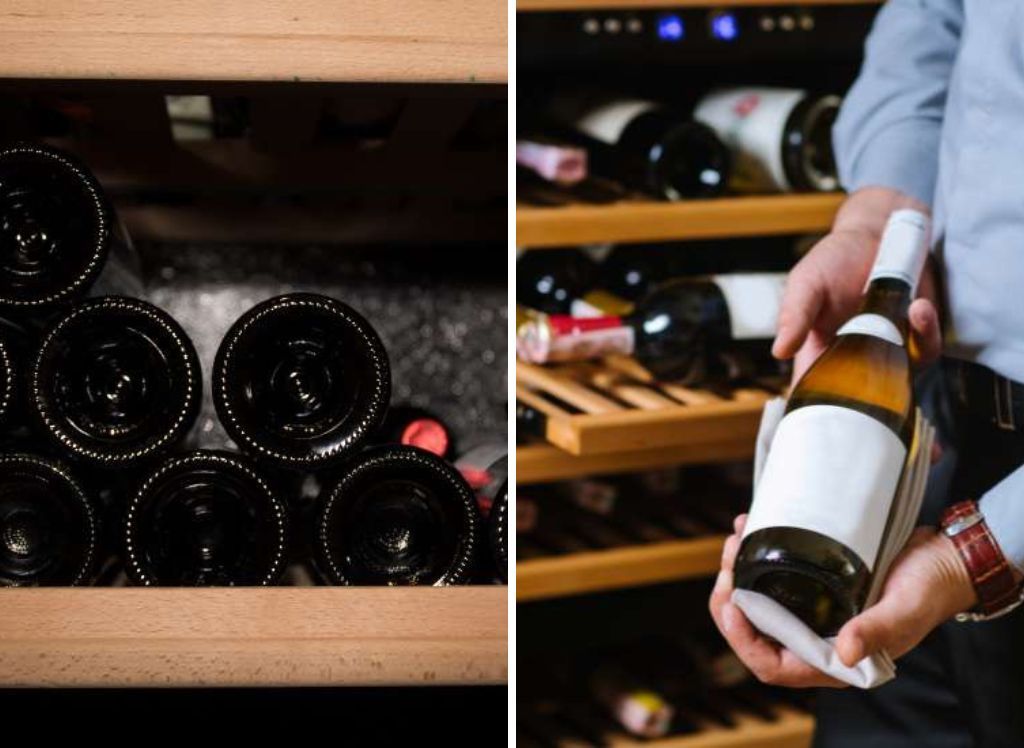
In addition to choosing the right wine fridge and cooling system, there are several tips to bear in mind for proper wine storage. First, keep your wine bottles away from direct sunlight, as UV light can damage the wine and cause it to age prematurely.
Second, avoid temperature fluctuations by maintaining a consistent temperature inside your wine storage unit, ideally between 45 and 65 degrees Fahrenheit, with 55 degrees being the optimal temperature.
Lastly, store your wine bottles horizontally to keep the corks moist and prevent oxidation. By following these tips, you'll create the perfect environment for your wine collection, allowing it to age and develop gracefully over time.
Make sure to take a look at our guides, which provide helpful advice on storing wines at home and detecting if the wine has gone bad. These suggestions will help you maintain the flavor of your wine over a long period.
Wine Cellars vs. Wine Coolers: Which is Best for You?
Now that we've covered the importance of humidity control, types of wine fridges, cooling systems, and storage tips, it's time to decide which wine storage solution is best for you: a wine cellar or a wine cooler.
Wine cellars are better suited for aging wines, while wine refrigerators are ideal for short-term storage and chilling wines to serve soon. Your choice will ultimately depend on your individual needs, finances, and future plans for your wine collection.
In conclusion, proper wine storage is a multifaceted endeavor that requires attention to humidity control, temperature regulation, and other factors such as sunlight exposure and bottle orientation.
By considering the various aspects of wine storage, selecting the right wine fridge and cooling system, and following proper storage practices, you'll ensure that your wine collection remains in pristine condition, ready for you to enjoy whenever you please.
Summary
Throughout this guide, we've explored the significance of humidity control in wine storage, the types of wine fridges and their respective humidity control features, and how to maintain the right humidity levels in your wine cooler.
We've also discussed the differences between compressor and thermoelectric cooling systems and provided tips for proper wine storage, including the comparison between wine cellars and wine coolers to help you decide which storage solution is best suited to your needs.
As you embark on your wine storage journey, remember that investing in the right wine fridge, cooling system, and storage practices will pay off in the long run, ensuring that your wine collection remains in optimal condition.
With the right knowledge and tools at your disposal, you'll be well-equipped to enjoy your wine collection for many years to come.
Discover our top picks for the Best Under Counter Wine Fridge with humidity control and follow the guide above to ensure your wine stays in the proper condition.
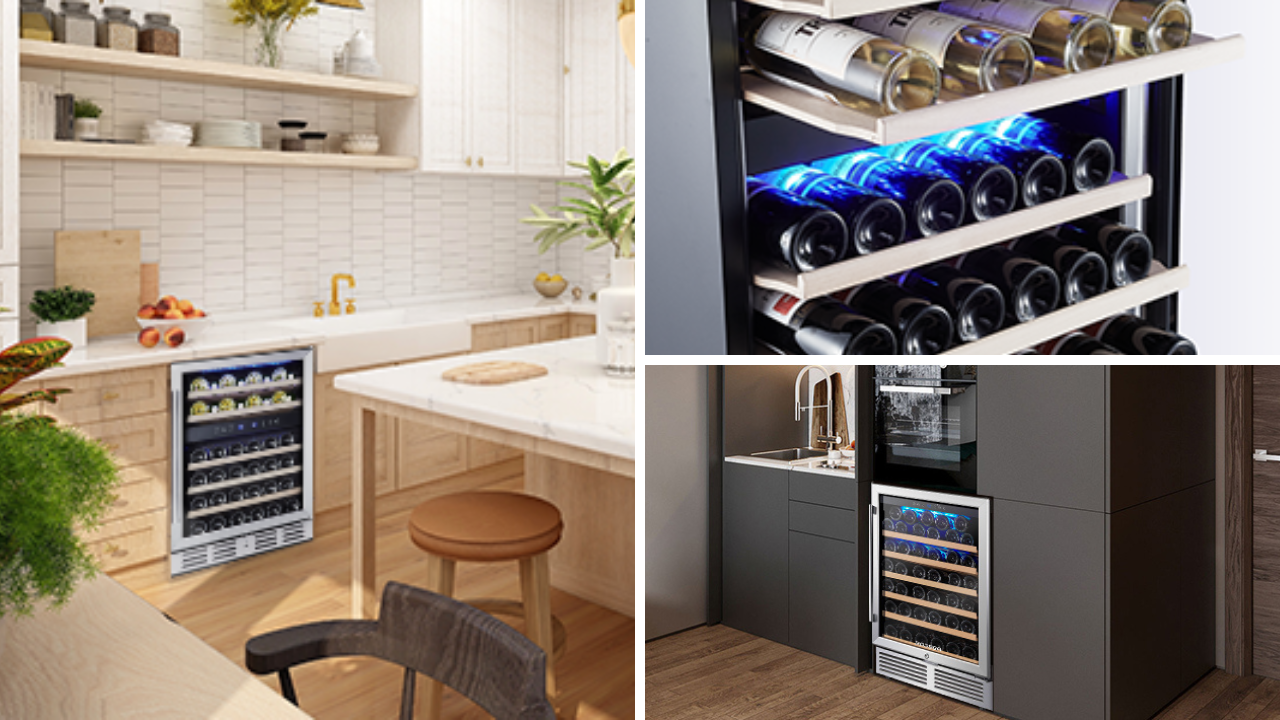
Frequently Asked Questions
Can you control humidity in a wine fridge?
Yes, it is possible to control the humidity levels in a wine fridge. By investing in a wine fridge with humidity controls, you can ensure that your wine is stored at optimal humidity. Humidity levels are important for wine storage because too much humidity can cause mold and mildew to grow on the glass and cork, while too little humidity can cause problems with wine storage.
What should the humidity range be in a wine fridge?
It is important to maintain the correct temperature and level of humidity in a wine refrigerator to ensure the best quality and longevity of your stored wines. Generally, the recommended range for optimal storage should be between 60% to 85%. Keeping the humidity level within this range will help preserve your wines’ flavor, aromas, and structure.
Do wine coolers dehumidify?
No, wine coolers do not dehumidify as they are not designed to evaporate or remove moisture from the air. They simply maintain the proper temperature for both storing wine, and aging wine.
How do you keep humidity in a wine cellar?
To maintain ideal humidity in a wine cellar, the relative humidity should be kept between 50-70%. Keeping a consistent temperature of 55F is also important for keeping the humidity at the right level. If needed, you can reduce the humidity with airtight enclosures, plastic barriers and ventilation systems.
Here are some other articles on wine fridges that may interest you:
